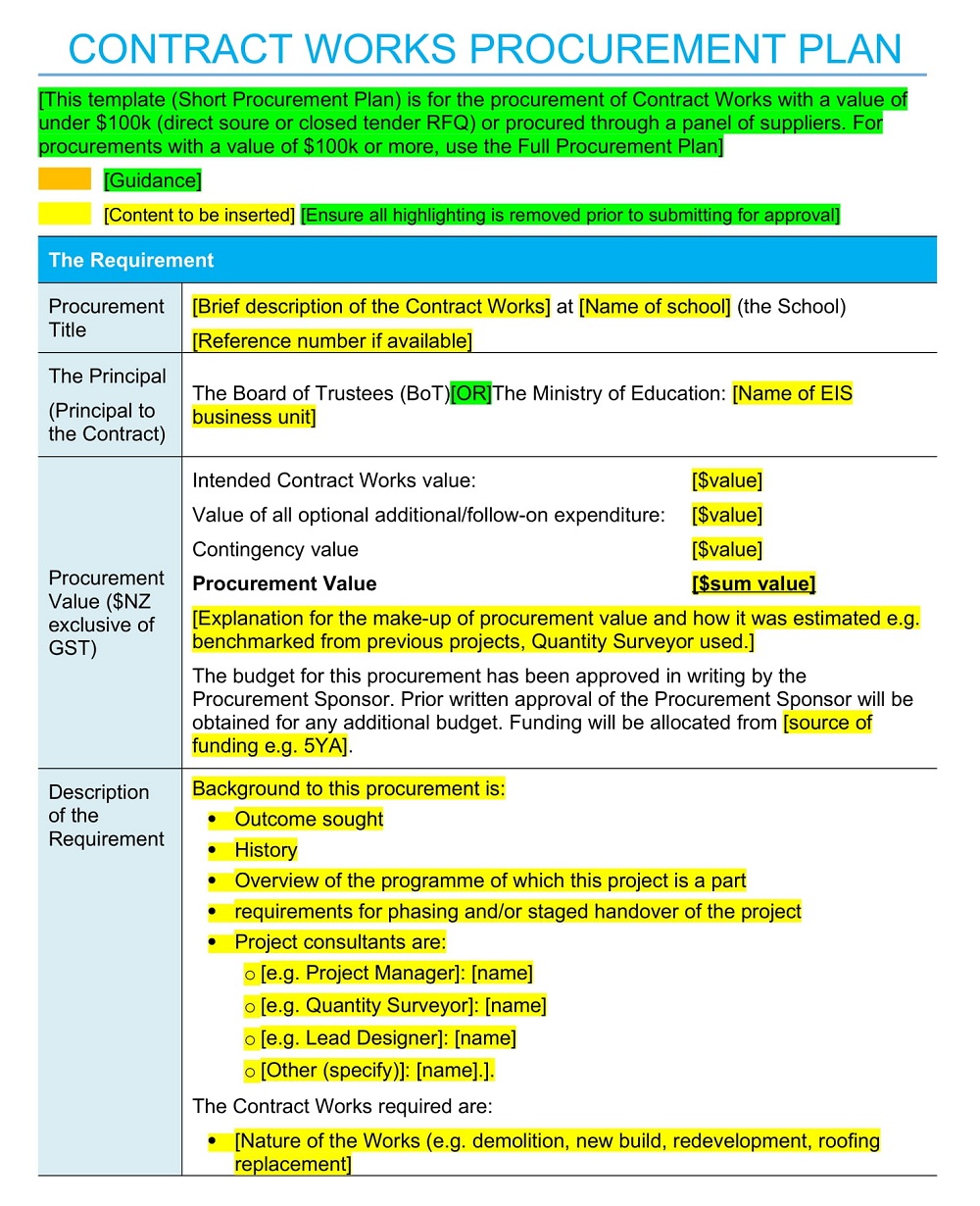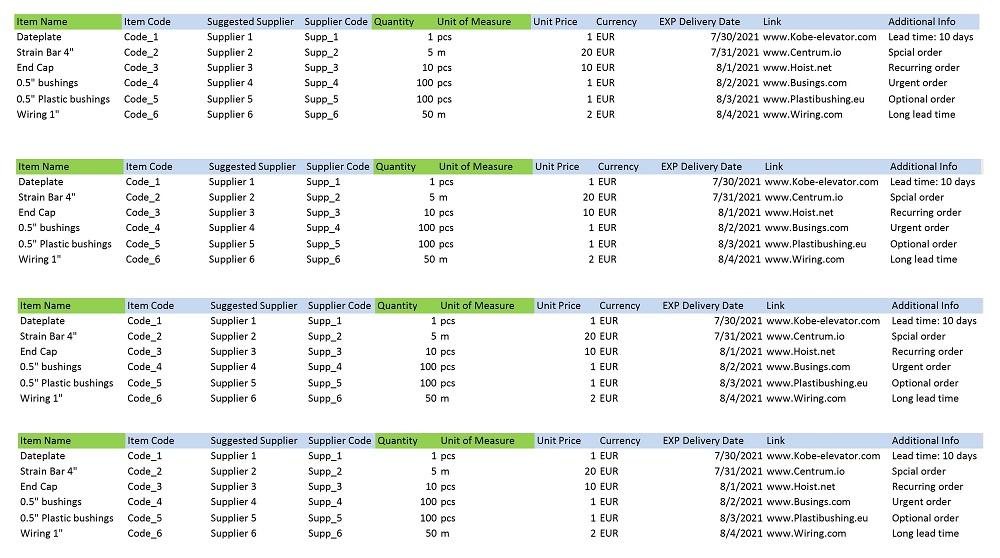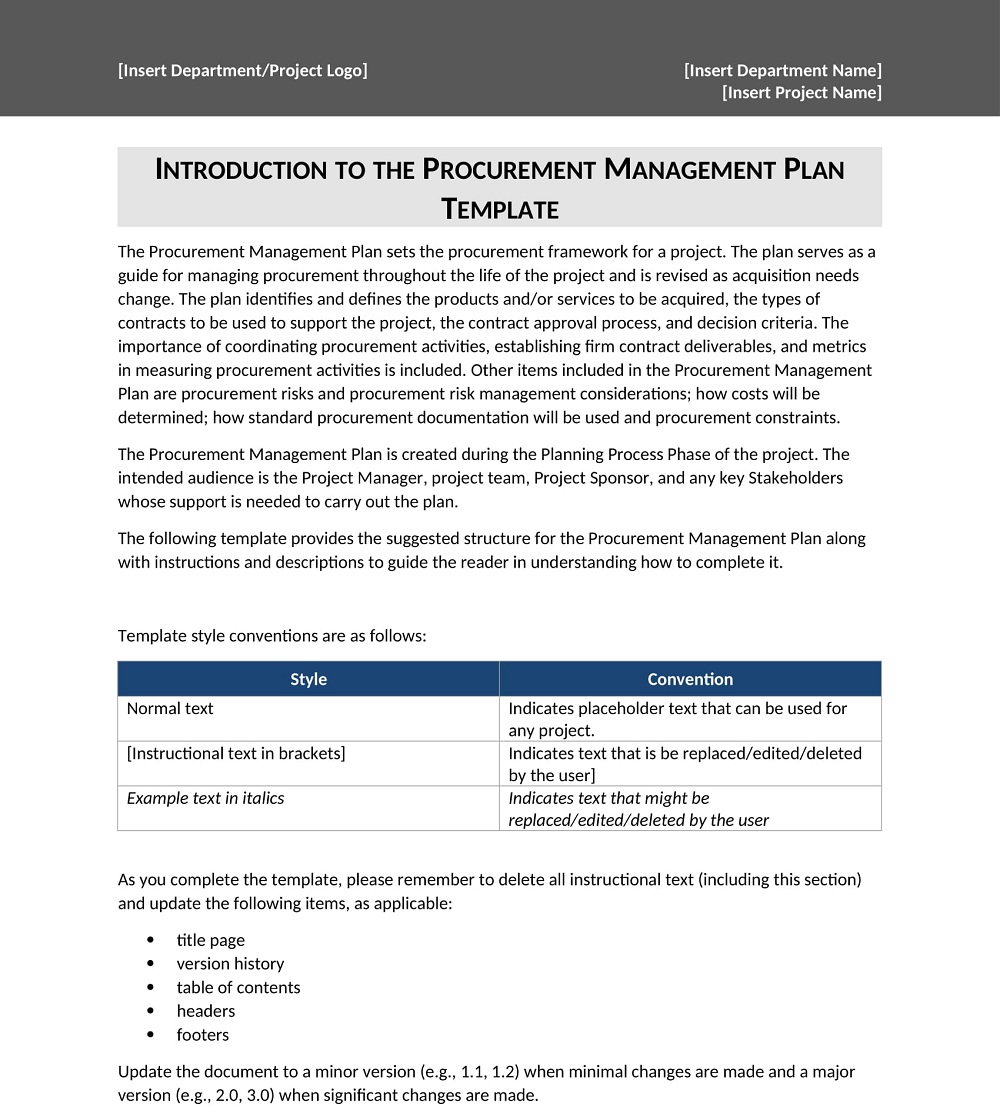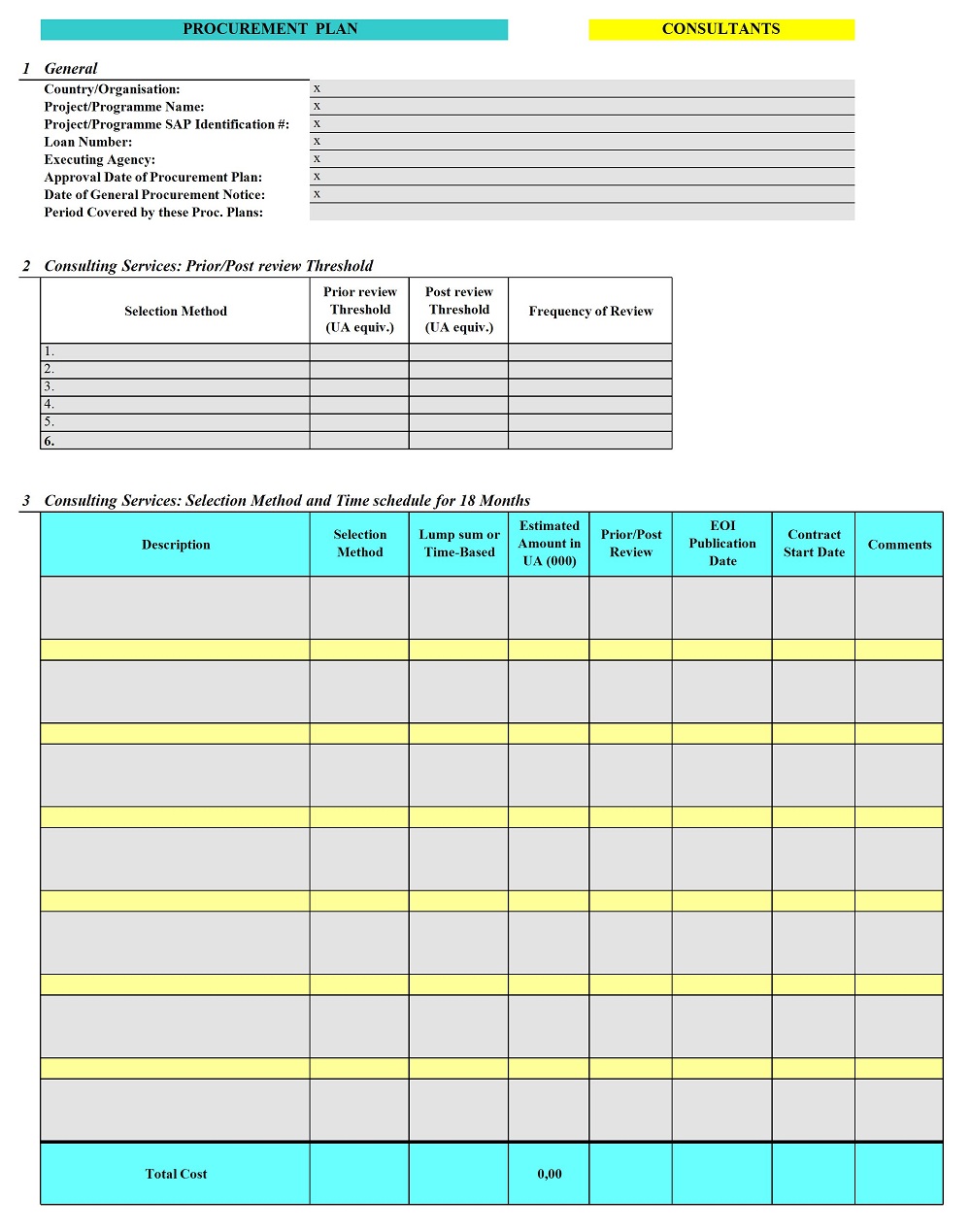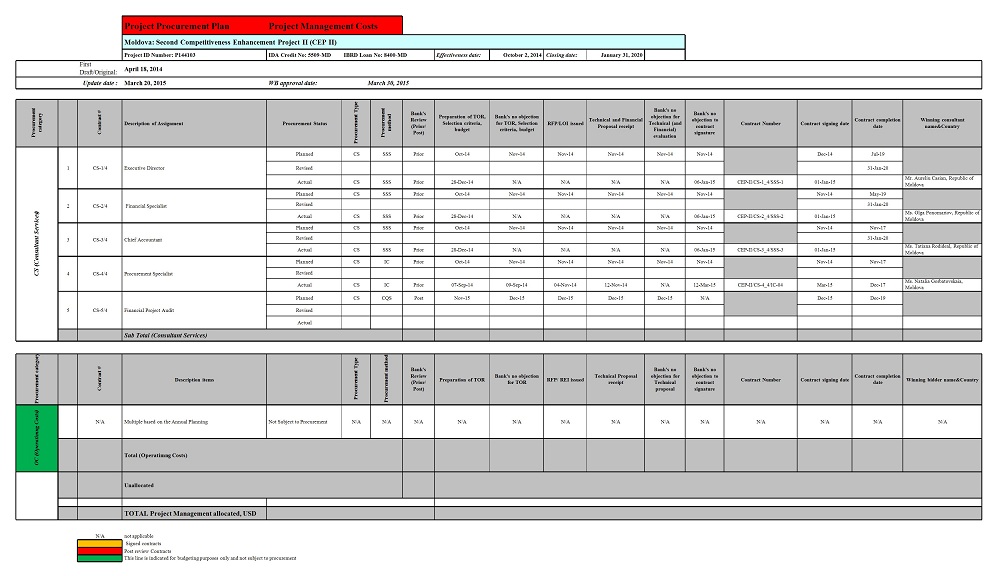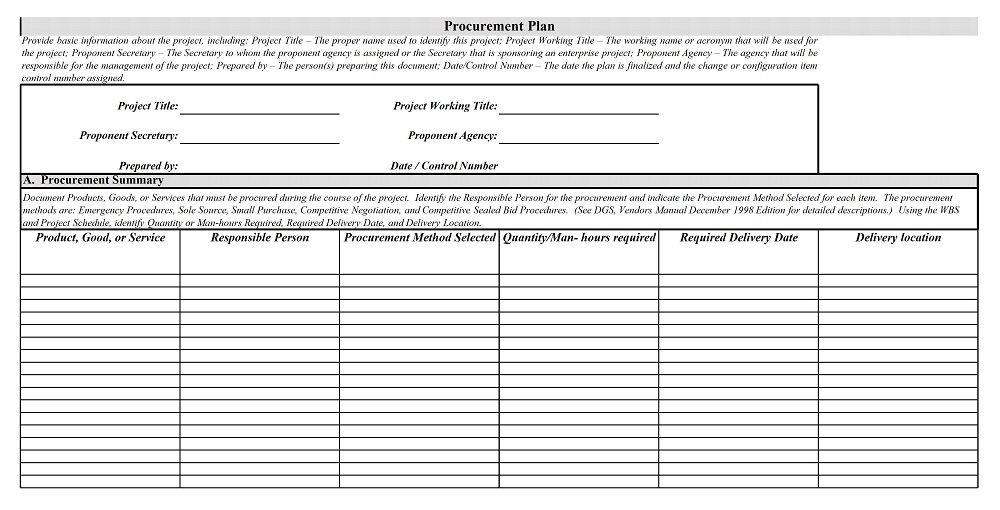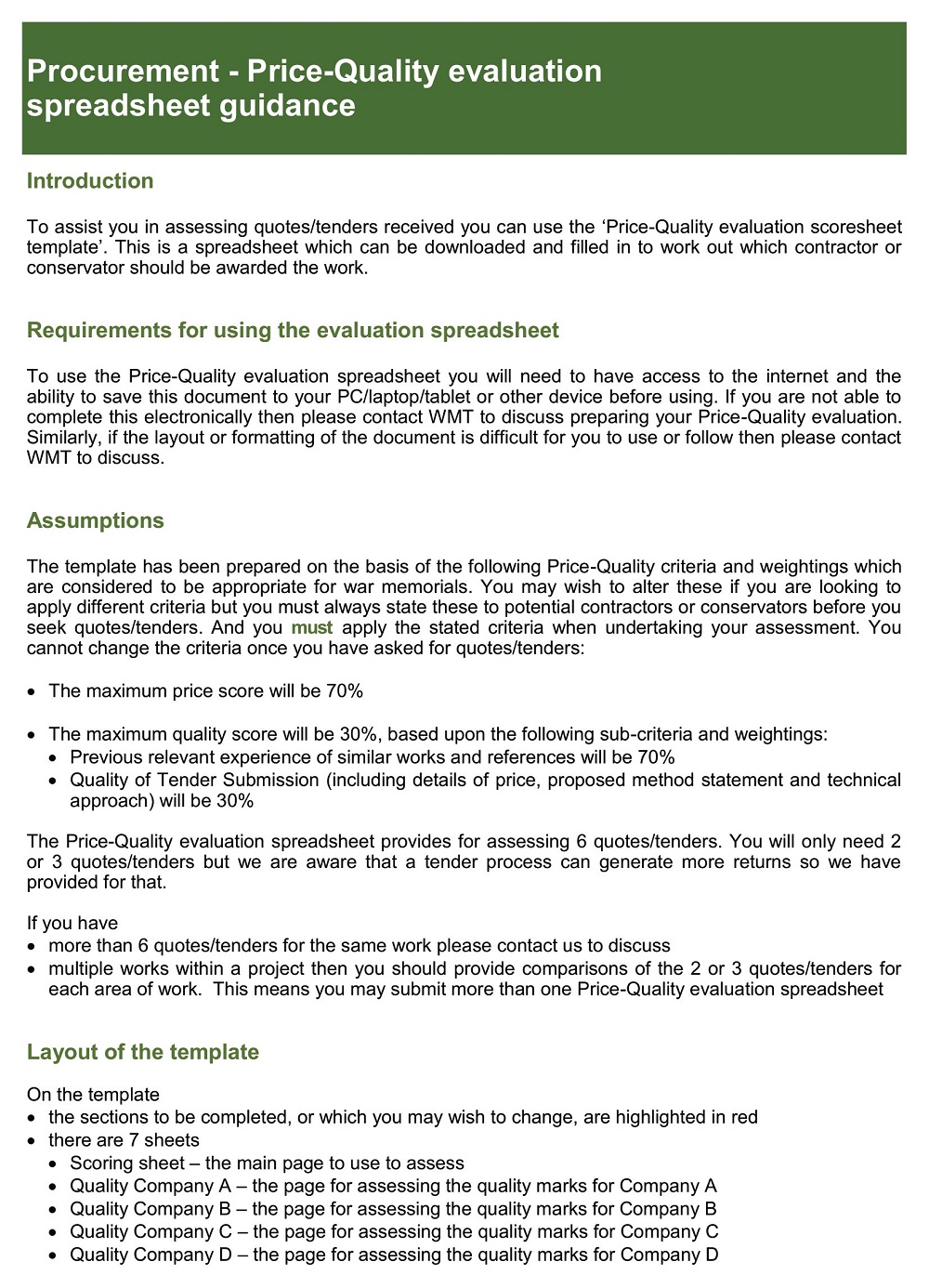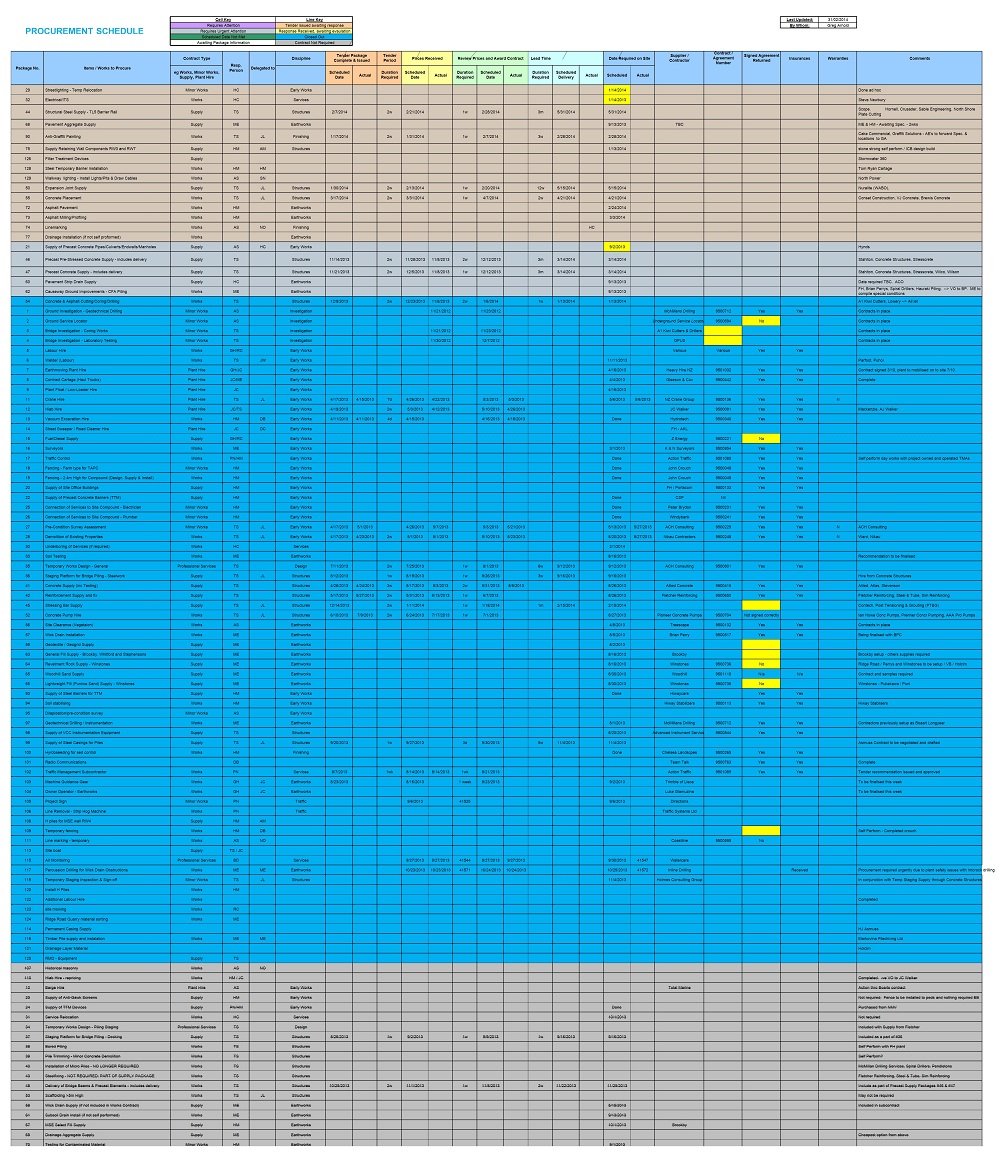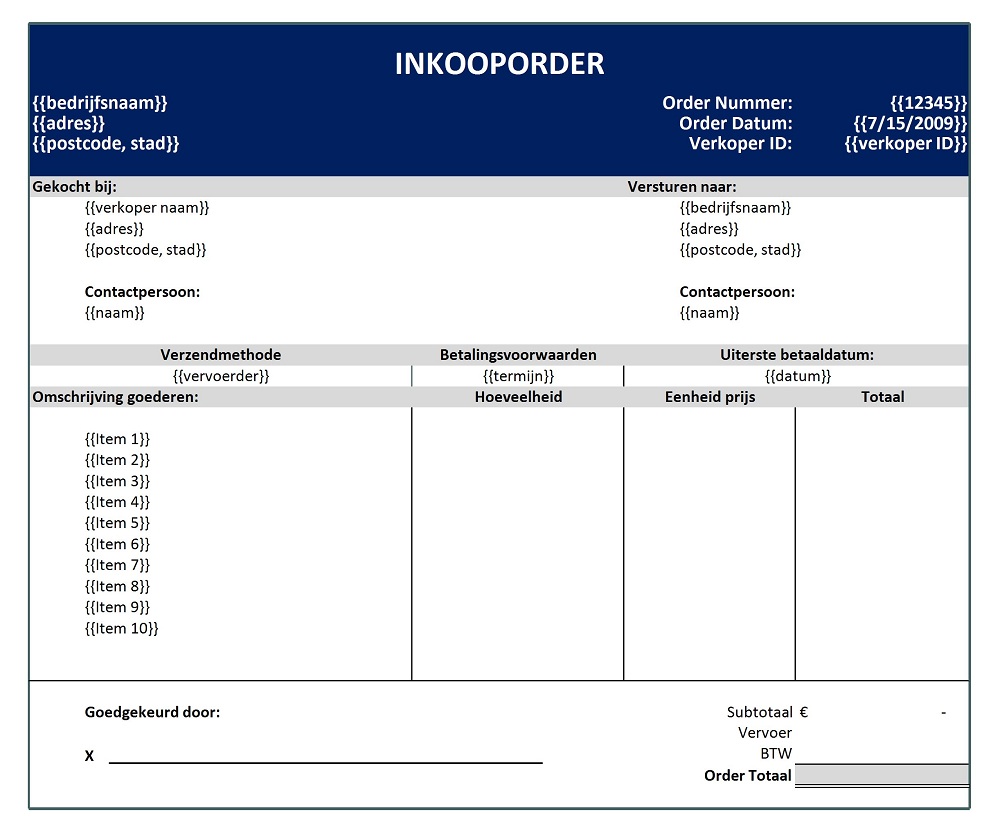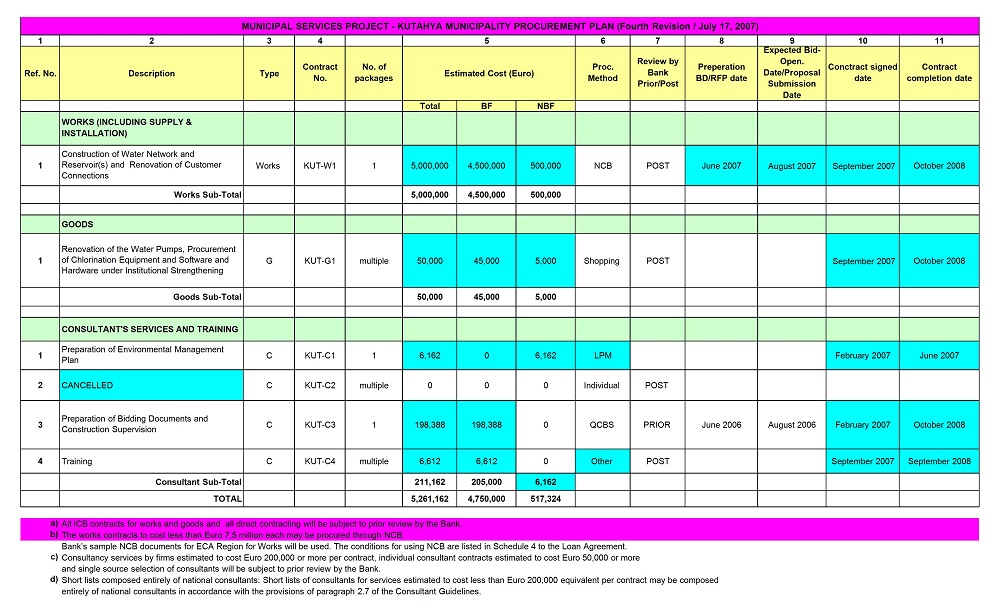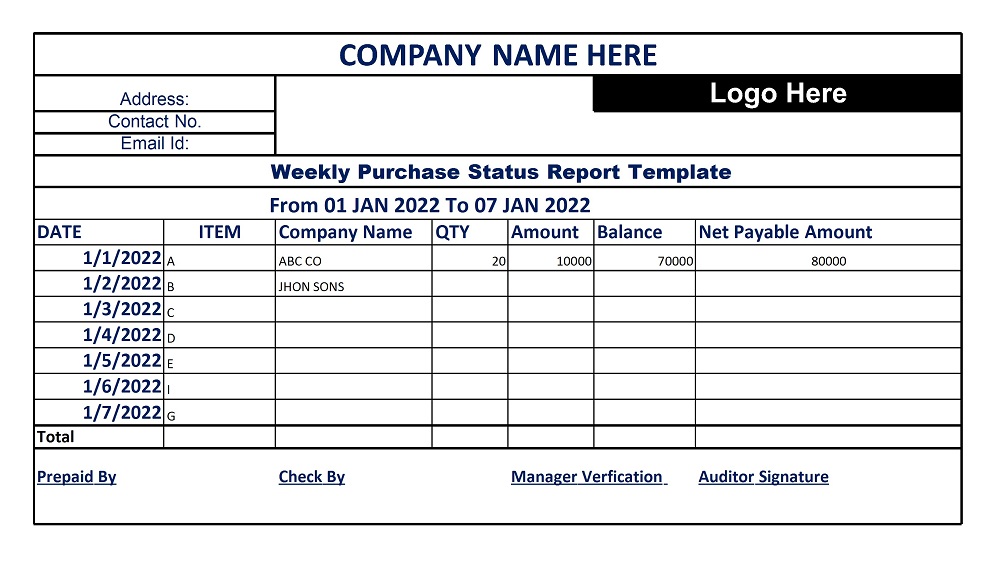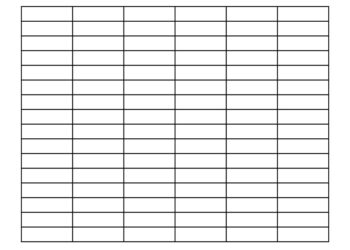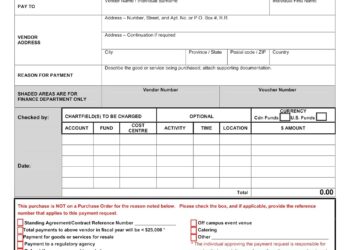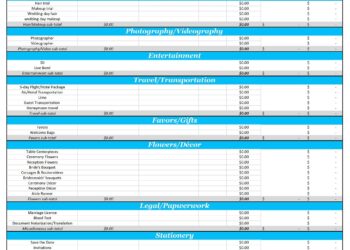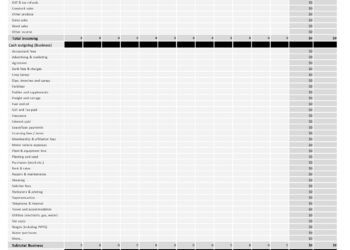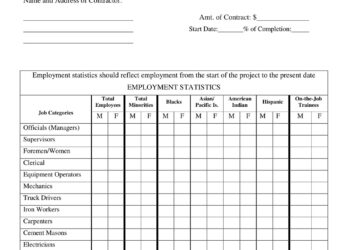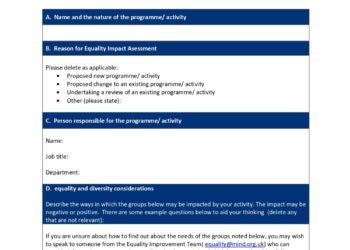A procurement Spreadsheet Template is crucial for organizations to track all their purchasing operations. It enables users to keep tabs on what is being bought and when it’s expected, as well as any associated costs and other expenditures. These free procurement spreadsheet templates empower organizations to optimize their procurement practices and drive successful procurement outcomes.
Utilizing procurement spreadsheet templates improves organization, accuracy, cost-effectiveness, and efficiency in procurement operations. These templates typically have different columns for items purchased, pricing, quantity, and payment specifics that enable less experienced purchasers to navigate purchases with accuracy. In this article, you’ll find a collection of free Printable Procurement Spreadsheet Templates and samples in PDF, Word, and Excel format. Explore the benefits of using procurement spreadsheet templates, highlighting how they enhance organization, accuracy, and efficiency in procurement operations.
Procurement Spreadsheet streamlines your purchasing strategies, it’s equally important to manage the financial flow of your farm. Explore our dedicated “Farm Cash Flow Budget Templates” to ensure a robust financial foundation for your agricultural endeavors. Together, they harmonize your procurement efforts with sustainable cash flow management, cultivating a successful and financially resilient farming operation.
Download Free Procurement Spreadsheet Templates
Construction Procurement Schedule Template
|
Contract Works Procurement Plan Template
|
Procurement Detailed Plan
|
Procurement Flow BOM Example
|
Procurement Management Plan Template
|
Procurement Management Plan with Instructions
|
Procurement Management Schedule Template
|
Procurement Plan Consultants Template
|
Procurement Plan Excel Template
|
Procurement Plan Worksheet Excel
|
Procurement Price-quality Evaluation PDF
|
Procurement Schedule Construction Template
|
Procurement Schedule Sheet Sample
|
Procurement Tracking Chart
|
Project Procurement Plan Template
|
Purchase Order Template Excel
|
Sample Procurement Management Plan
|
Sample Weekly Purchase Status Report
|
Simple Procurement Schedule Template Excel
|
Sustainable Procurement Checklist
|
What is a Procurement Spreadsheet?
Procurement refers to the process of acquiring goods, services, or works from external sources to fulfill the needs of an organization. It involves activities such as sourcing, selecting suppliers, negotiating contracts, and managing relationships with vendors. Effective procurement management is essential for organizations to ensure cost-effectiveness, timely delivery, and quality of goods and services. In this way, a procurement spreadsheet plays a vital role for those looking to manage their company’s purchasing process to achieve organizational objectives. By utilizing procurement spreadsheet templates, organizations can optimize their procurement operations, improve decision-making, and achieve cost-effective procurement outcomes.
Advantages of Using a Procurement Spreadsheet
Utilizing a procurement spreadsheet can reduce paperwork time and effort for small business owners, making the process of obtaining new materials and equipment simpler. Additionally, spreadsheets make budgeting easier by having all of the necessary cost data in one place and allow the users to stay organized and keep their purchases aligned with expectations. In terms of efficiency, a procurement spreadsheet offers entrepreneurs numerous advantages when it comes to obtaining goods as quickly and efficiently as possible. Using procurement spreadsheet templates offers several advantages for organizations. Here are some key benefits:
- Time-saving: Procurement spreadsheet templates provide a pre-designed structure and format that saves time by creating it from scratch. Users can simply input relevant data into the template, eliminating the need for manual formatting and layout design.
- Data Organization and Accessibility: Procurement templates provide a structured framework for organizing procurement-related information. Users can categorize and track data such as supplier details, pricing, quantities, and delivery schedules in an organized manner. This enhances data visibility and accessibility, making it easier to reference and analyze procurement information.
- Customization: Templates can be customized to suit specific organizational needs and requirements. Users can modify columns, add or remove sections, and tailor the template to align with their unique procurement processes. This flexibility allows for the inclusion of organization-specific fields and ensures that the template meets specific procurement objectives.
- Analysis and Reporting: Professionally created procurement spreadsheets often offer built-in reporting features or can be integrated with data analysis tools. Users can generate comprehensive reports, analyze procurement trends, monitor costs, and evaluate supplier performance. These analytical insights support informed decision-making and strategic planning in procurement activities.
- Collaboration and Communication: Efficiently designed spreadsheets can be easily shared and collaborated on among team members involved in the procurement process. Multiple users can access and update the template simultaneously, promoting collaboration, transparency, and effective communication.
- Cost Control and Optimization: By utilizing the Procurement Spreadsheet Excel, organizations can track and monitor procurement costs more effectively. Templates enable cost analysis, comparison of supplier quotes, and budget tracking. This facilitates better cost control, supports negotiation with suppliers, and identifies cost-saving opportunities.
What is the Importance of Procurement In an Organization?
Procurement plays a crucial role in organizations due to its significant importance. Here are key reasons highlighting the importance of procurement:
- Cost Savings: Effective procurement practices can lead to significant cost savings. By strategically sourcing and negotiating with suppliers, organizations can secure competitive pricing and favorable terms, resulting in reduced procurement expenses and increased profitability.
- Supplier Management: A procurement management plan enables organizations to build and maintain strong relationships with suppliers. By carefully selecting reliable and high-quality vendors, organizations can ensure timely delivery, consistent product or service quality, and favorable contractual terms. Effective supplier management promotes operational efficiency and minimizes disruptions in the supply chain.
- Risk Mitigation: Procurement helps organizations mitigate risks associated with supply chain disruptions, price fluctuations, and quality issues. Through diligent supplier vetting, contract negotiations, and contingency planning, organizations can minimize the impact of potential risks on their operations and maintain business continuity.
- Quality Control: Procurement allows organizations to maintain control over the quality of goods and services they acquire. By setting clear quality standards, conducting supplier evaluations, and implementing robust quality assurance processes, organizations can ensure that the procured items meet their requirements and maintain customer satisfaction.
- Compliance and Ethics: Procurement ensures compliance with legal and ethical standards. It involves adherence to procurement regulations, such as fair and transparent bidding processes, preventing corruption, and promoting ethical business practices. Compliance in procurement builds trust, protects the organization’s reputation, and mitigates legal and financial risks.
- Operational Efficiency: Effective procurement practices streamline operational processes by ensuring the availability of necessary resources and materials. Procurement helps organizations obtain the right quantity of goods or services at the right time, avoiding stockouts, delays, or excess inventory. This enhances operational efficiency and supports smooth business operations.
- Strategic Decision-Making: Procurement provides valuable insights for strategic decision-making. It involves market research, supplier evaluations, and analysis of procurement data, enabling organizations to identify trends, assess market conditions, and make informed decisions about supplier selection, pricing strategies, and product or service offerings.
The 5 Key Steps of the Procurement Process
The procurement process typically involves several key steps that organizations follow to acquire goods, services, or works from external sources. Here are the key steps involved in the procurement process:
1. Need Identification
The first step is to identify the procurement needs of the organization. This includes determining the goods, services, or works required to fulfill specific project or operational requirements.
2. Supplier Selection
Once the procurement needs are identified, the organization needs to select suitable suppliers. This involves conducting market research, evaluating potential suppliers based on criteria such as quality, pricing, and delivery capabilities, and assessing their overall suitability.
3. Contract Negotiation
Once the suppliers are selected, the organization engages in contract negotiations. This step involves discussing and finalizing the terms and conditions, pricing, delivery schedules, and any other relevant contractual obligations. The aim is to establish mutually beneficial agreements that protect the interests of both parties.
4. Order Placement and Fulfillment
After the contracts are finalized, the organization places purchase orders with the chosen suppliers. This step includes specifying the quantities, delivery schedules, and any specific requirements related to the goods or services being procured. The suppliers fulfill the orders according to the agreed-upon terms.
5. Performance Evaluation and Management
The final step is to evaluate and manage supplier performance. The organization assesses the quality, timeliness, and overall adherence to contractual obligations by the suppliers. This includes monitoring key performance indicators, addressing any issues that may arise, and fostering ongoing supplier relationships.
Top 5 Tips to Improve Procurement Process
Maintaining an accurate procurement spreadsheet is essential for keeping track of all the different purchases necessary to keep a business running smoothly. Several important tips can help you be successful when dealing with this type of spreadsheet. Here are some concise tips to improve the procurement process:
- Streamline and standardize processes for efficiency.
- Conduct effective supplier evaluations for better decision-making.
- Enhance communication and collaboration with stakeholders.
- Leverage technology solutions to automate manual tasks.
- Implement strategic sourcing practices for cost savings.
By implementing these tips, organizations can optimize their procurement processes, enhance supplier relationships, and achieve better outcomes in terms of cost efficiency and operational effectiveness. Additionally, keep track of any special pricing or discounts associated with particular vendors, as these can often be used to reduce the costs of making purchases in the future. Use additional reports and analysis tools to gain insights into your overall purchasing performance so that you can evaluate areas for efficiency gains if needed. With these helpful tips, maintaining an up-to-date procurement spreadsheet should allow any business to pursue its operations more efficiently and cost-effectively.
Conclusion
In conclusion, procurement spreadsheet templates offer significant advantages for organizations looking to streamline their procurement processes and improve efficiency. These templates provide a structured framework for organizing and managing procurement data, ensuring consistency and accuracy in documentation. Templates also allow for customization to fit specific organizational requirements, facilitating better control over costs, tracking supplier performance, and supporting collaboration among team members. By utilizing these templates effectively, organizations can enhance their procurement efficiency and achieve better outcomes in their procurement activities.
Reference Link



